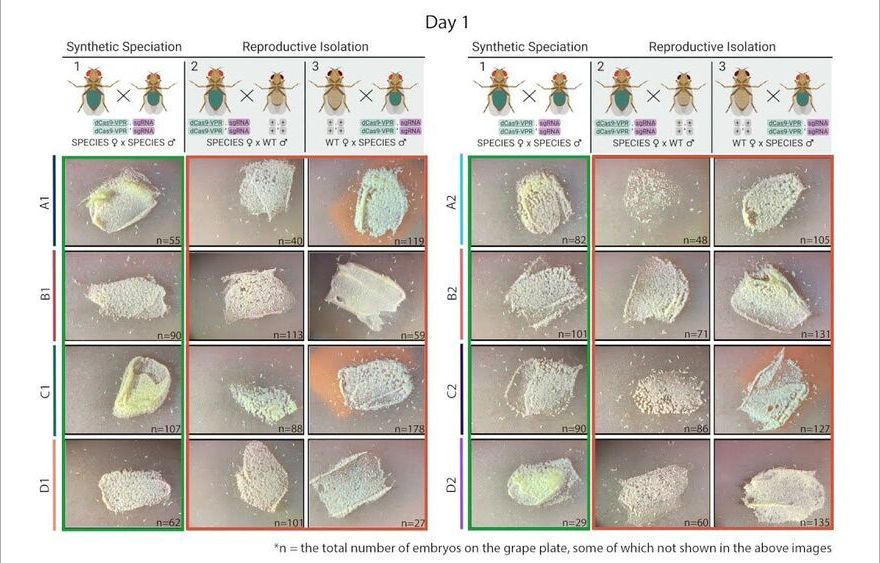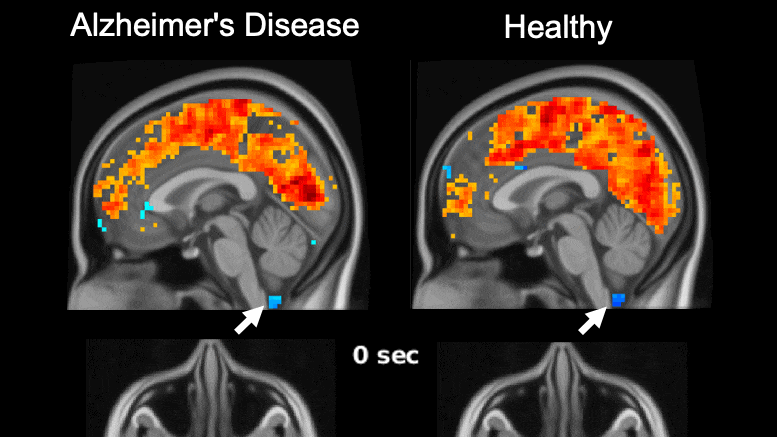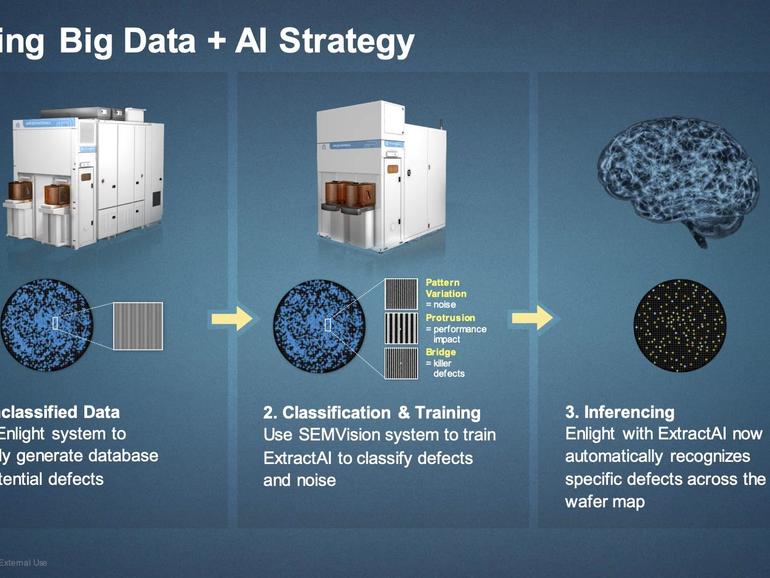Jun 2, 2021
Synthetic SPECIES developed for use as a confinable gene drive
Posted by Genevieve Klien in categories: bioengineering, biotech/medical, food, genetics, health
CRISPR-based technologies offer enormous potential to benefit human health and safety, from disease eradication to fortified food supplies. As one example, CRISPR-based gene drives, which are engineered to spread specific traits through targeted populations, are being developed to stop the transmission of devastating diseases such as malaria and dengue fever.
But many scientists and ethicists have raised concerns over the unchecked spread of gene drives. Once deployed in the wild, how can scientists prevent gene drives from uncontrollably spreading across populations like wildfire?
Continue reading “Synthetic SPECIES developed for use as a confinable gene drive” »

















